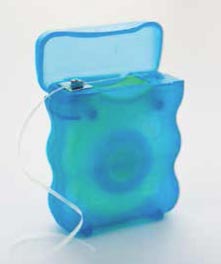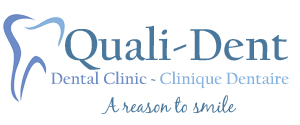Flossing
Don’t Forget to Floss
Flossing is an integral part of your oral health regimen; however, many people don’t spend enough time flossing their teeth, or they don’t floss at all. By flossing just once a day, you can decrease your risk of gum disease and increase your chances of maintaining good oral health throughout your lifetime.
Why should I floss?
Brushing cleans the tops and sides of your teeth, but flossing cleans in between them where your toothbrush can’t reach. Dental floss removes plaque and debris that adhere to teeth and gums; it also helps to polish tooth surfaces and control bad breath.
How often should I floss?
You should floss your teeth for 2 or 3 minutes at least once a day. The best time to floss is right before bed, but you can incorporate it into any part of your daily routine that’s convenient.
What is the proper flossing technique?
There are two acceptable methods for flossing:
- To use the spool method, take an 18-inch piece of floss and wrap the bulk of it lightly around your middle finger. Wind the rest of the floss
around your middle finger on your opposite hand, and use this finger to take up the floss as it becomes soiled or frayed. - To use the loop method, take an 18-inch piece of floss and tie it in a circle, secured with three knots. After placing all of your fingers except your thumb inside the loop, use your index fingers to guide the floss through the lower teeth and your thumbs to guide the floss through the upper teeth. This is a good method for those with limited dexterity.
Don’t rub the floss from side to side. Instead, use an up-and-down motion, forming a “C” on the side of each tooth. Make sure to floss below the gum line. Flossing should not be painful, but you may experience some discomfort or bleeding when you first start. These side effects should subside in a week or two. If they don’t, talk to your dentist.
Which kind of floss should I use?
There are a variety of flosses available, and all of them do a similar job of removing plaque. Wide floss, or dental tape, may be beneficial for those with a lot of bridge work or a lot of space between their teeth, while waxed floss may be easier to fit between tight teeth or restorations.
Unwaxed floss makes a squeaking sound to let you know when your teeth are clean. Bonded unwaxed floss does not fray as easily as regular unwaxed floss, but it does tear more than waxed floss.
Another option is pre-threaded flossers or floss holders. These are useful for those with limited dexterity, those just learning to floss, or caretakers who are flossing someone else’s teeth.
If you have children, you should start flossing their teeth as soon as they have two teeth that touch each other.
Should I use a waterpick?
A waterpick, or irrigation device, should not be used as a substitute for brushing and flossing because it does not remove plaque. However, waterpicks can be used to remove food from the areas around braces where a toothbrush can’t reach. Dentists also may recommend that patients with gum disease use a waterpick with an antibacterial agent in the reservoir.
If you have questions about what type of floss to use or the best method for flossing your teeth, be sure to ask your dentist.
KnowYourTeeth.com
Brought to you by the Academy of General Dentistry (AGD), this website answers important dental health questions, offers the latest information on current treatments, provides tips for first-rate oral hygiene, and helps visitors find highly qualified general dentists near where they live.
The AGD is a member of the Partnership for Healthy Mouths, Healthy Lives, a first-of-its-kind national dental coalition composed of 37 leading dental health organizations. Look for more information about the Kids’ Healthy Mouths campaign at www.2min2x.org.
Published with permission by the Academy of General Dentistry.
© Copyright 2013 by the Academy of General Dentistry. All rights reserved.
